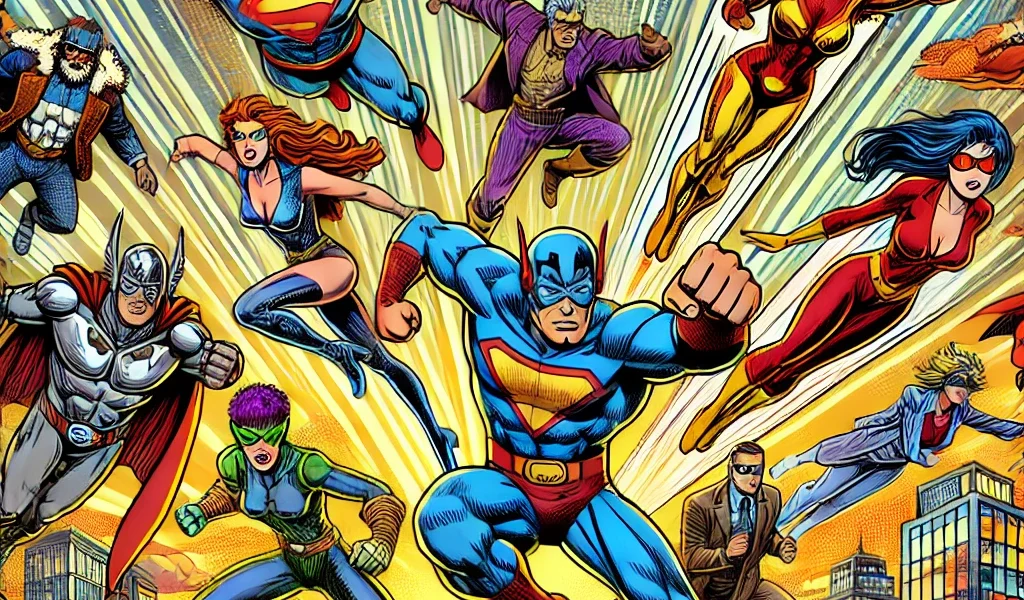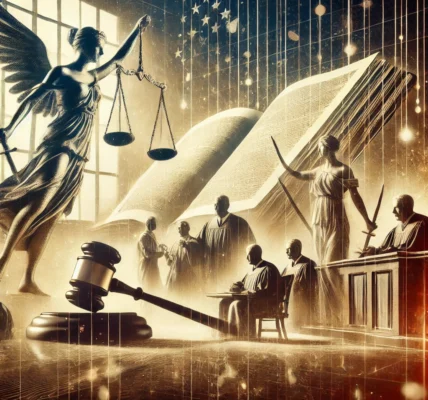Stan Lee’s 15 Most Iconic Marvel Comics Issues
Stan Lee, co-creator of many of Marvel’s most beloved superheroes, has left an indelible mark on the comic book world. His creativity and storytelling shaped the Marvel Universe, bringing characters with relatable flaws and human struggles into a larger-than-life world of superheroics. Here’s a look at 15 of Stan Lee’s most iconic Marvel Comics issues:
1. Amazing Fantasy #15 (1962)
This issue marks the first appearance of Spider-Man, one of Marvel’s most iconic characters. Created by Stan Lee and artist Steve Ditko, Peter Parker, the teenage superhero, revolutionized the comic book world with his relatability and struggles, both as a superhero and a normal teenager dealing with life’s hardships.
2. Fantastic Four #1 (1961)
The Fantastic Four were Marvel’s first superhero team created by Stan Lee and Jack Kirby. This issue introduced the world to Reed Richards, Sue Storm, Johnny Storm, and Ben Grimm, setting the stage for Marvel’s larger interconnected universe.
3. The Avengers #1 (1963)
Stan Lee brought together some of Marvel’s biggest heroes in this issue, including Iron Man, Thor, Hulk, and Ant-Man, to form The Avengers. This marked the birth of one of Marvel’s most enduring and popular superhero teams.
4. X-Men #1 (1963)
Along with artist Jack Kirby, Lee introduced The X-Men, a group of mutant heroes led by Professor X, fighting for coexistence in a world that fears and hates them. The X-Men became symbolic of social justice issues like civil rights and discrimination.
5. The Incredible Hulk #1 (1962)
In this issue, readers met Bruce Banner, who transforms into the Hulk. The Hulk’s alter ego and his struggle to control his anger made him a unique character and set the tone for many later Marvel heroes dealing with internal conflicts.
6. Daredevil #1 (1964)
Stan Lee co-created Daredevil, a blind lawyer named Matt Murdock who uses his other heightened senses to fight crime. Daredevil’s blend of street-level heroics and legal drama became a hallmark of his storytelling.
7. The Amazing Spider-Man #1 (1963)
Spider-Man’s first solo comic not only cemented Peter Parker as Marvel’s everyman hero but also introduced his supporting cast and notable villains, including J. Jonah Jameson, who becomes one of his most persistent antagonists.
8. Journey into Mystery #83 (1962)
This issue marks the first appearance of Thor, the Norse god of thunder, co-created by Stan Lee and Jack Kirby. Thor’s mythological roots mixed with superhero dynamics were unique at the time and added a grand, cosmic element to the Marvel Universe.
9. Tales of Suspense #39 (1963)
Here, Lee introduced the world to Iron Man (Tony Stark), a wealthy industrialist who builds a suit of armor to save his life and become a hero. Iron Man’s journey from a weapons manufacturer to a hero seeking redemption is a key theme in Marvel’s canon.
10. Strange Tales #110 (1963)
Doctor Strange, the master of the mystic arts, first appeared in this issue. Created by Stan Lee and Steve Ditko, Doctor Strange brought magic and mysticism to the Marvel Universe, expanding its boundaries beyond science and into the supernatural.
11. The Amazing Spider-Man #50 (1967)
This issue is famous for the story titled “Spider-Man No More!” where Peter Parker decides to quit being Spider-Man. It’s one of the most emotionally charged stories in Spider-Man’s history, showcasing Stan Lee’s ability to connect superheroics with personal struggles.
12. The Silver Surfer #1 (1968)
Stan Lee was particularly fond of The Silver Surfer, a tragic cosmic character who grapples with morality and the meaning of existence. The first solo series for the Surfer, created with Jack Kirby, is known for its philosophical depth.
13. Fantastic Four #48-50 (1966) – “The Galactus Trilogy”
This three-part storyline introduced Galactus, the planet-eating cosmic entity, and his herald, the Silver Surfer. It’s considered one of the greatest Marvel epics, taking the Fantastic Four into a cosmic scale that had rarely been seen in comics before.
14. The Avengers #4 (1964)
Stan Lee and artist Jack Kirby brought Captain America back from his World War II origins, thawing him from the ice and making him a leader for a new generation of heroes. Captain America’s return added depth to the Avengers and established him as one of Marvel’s most enduring icons.
15. Amazing Spider-Man Annual #1 (1964)
This issue featured Spider-Man’s battle against the Sinister Six, a supervillain team composed of some of his deadliest foes. The large-scale fight and the introduction of such a formidable collective of villains marked this as a landmark issue in Spider-Man’s history.


